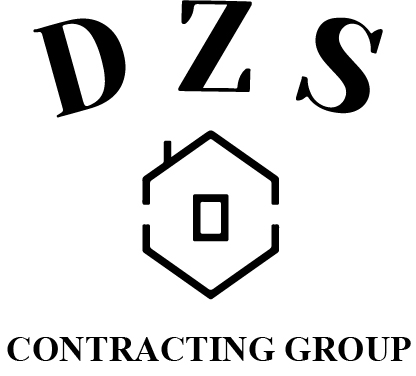Tariffs can serve as a double-edged sword for the home builders industry, wielding the potential to foster innovation and economic growth while simultaneously introducing challenges that must be carefully navigated. As builders face increasing costs due to imported materials, they may be compelled to adapt their strategies, leading to unforeseen advantages that can shape the future of construction. This resilience in adapting to tariffs can create new pathways for home builders, emphasizing the need for strategic responses that leverage these external pressures for positive outcomes.
One of the most significant benefits of tariffs is the opportunity they create for domestic manufacturers to thrive. With increased costs associated with foreign-sourced materials, builders may seek out local suppliers, driving demand for materials that can be sourced closer to home. This shift can contribute to a more robust domestic manufacturing sector, which not only supports local economies but also reduces the carbon footprint associated with long-distance transportation of goods. A focus on local suppliers can inspire innovation and competition within the domestic market, leading to superior quality materials and products that meet the specific needs of home builders.
In addition to bolstering domestic manufacturing, tariffs can catalyze innovation in construction practices and materials. Faced with rising costs for traditional building supplies, builders may invest in research and development of alternative materials or construction methods that are more efficient and cost-effective. This may include the exploration of sustainable building materials, such as recycled products or innovative composites that reduce waste and energy consumption. As builders experiment with these new technologies, they may uncover methods that not only lower costs but also enhance the overall quality and sustainability of the homes they construct.
Moreover, the current landscape of the home builders industry is seeing a compelling rise in demand for sustainable building practices. Tariffs can inadvertently accelerate this shift by making traditional materials more expensive, compelling builders to integrate greener practices into their projects. Consumers are becoming increasingly aware of the environmental impact of their choices, and they are often willing to invest in homes that reflect their values. By pivoting towards sustainable materials and construction processes, builders can differentiate themselves in an increasingly competitive market, appealing to eco-conscious buyers and potentially commanding higher prices for their homes.
Tariffs can also provide an impetus for collaboration within the industry. Builders may find themselves forming partnerships with local suppliers and manufacturers, fostering a community approach to sourcing materials and managing costs. This collaboration can result in the sharing of resources, knowledge, and innovations that benefit all parties involved. Additionally, such partnerships can lead to a more stable supply chain, as builders work closely with their suppliers to ensure that they have reliable access to the materials they need, mitigating the unpredictability that tariffs can introduce.
Furthermore, the introduction of tariffs creates an opportunity for builders to engage with government initiatives and programs aimed at supporting domestic industries. By aligning themselves with policy goals that prioritize local manufacturing and employment, builders can take advantage of incentives and support that may become available. This alignment not only helps home builders navigate the challenges posed by tariffs but also positions them as leaders in advocating for policies that benefit the broader industry.
It is essential, however, to recognize that while tariffs might stimulate some positive changes, they also present undeniable risks that must be addressed. Builders must remain vigilant in tracking the effects of tariffs on their supply chains and costs. They must also be proactive in adjusting their business models to mitigate potential downturns in the market. For instance, as tariffs lead to increased material costs, builders may need to reassess their pricing strategies or explore more efficient building methods to maintain their margins without passing excessive costs onto consumers.
In addition, the broader economic implications of tariffs cannot be ignored. While local manufacturing and sustainable practices may be bolstered, the immediate challenge of rising costs can still create significant barriers for new home buyers. If home prices escalate due to increased construction costs, accessibility becomes a genuine concern. Builders may need to take a strategic approach, considering how they can offer more affordable housing options that appeal to a wider range of buyers, particularly in markets facing high demand but limited supply.
In conclusion, while tariffs present numerous challenges for the home builders industry, they also create significant opportunities for innovation, collaboration, and growth. Builders who embrace the need for adaptability and responsiveness can turn the pressures of tariffs into powerful advantages. By focusing on local sourcing, exploring sustainable practices, and fostering partnerships within the community, builders can not only survive but thrive amidst the shifting landscape of trade policies. As the industry continues to evolve, those who are informed, proactive, and innovative will lead the way towards a more resilient and prosperous future for home building.

